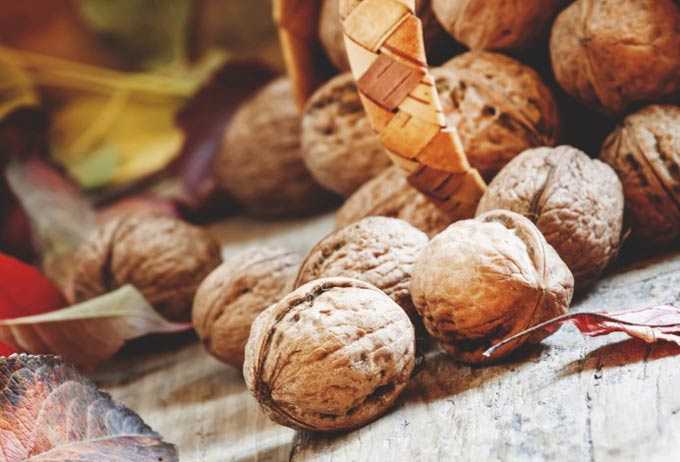Wisteria melliferous plant, representing a genus of perennial ornamental climbing profusely flowering woody plants of the legume family. They are moderate spring honey plants. It also has another name – “wisteria”.
The content of the article
- 1 Distribution and Description
- 1.1 The main varieties
- 2 Significance for agriculture
- 3 Agrotechnics
- 4 Honey productivity
Distribution and Description
Some wild species of melliferous plants can be found in the forests of the Chinese provinces. In ornamental gardening, liana is grown all over the world, but it thrives best in the subtropics with a humid climate.
It is a well-developed tall, woody plant, easily reaching 18 meters in length. The twisted branches drooping, have a small number of falling green large leaves of an oblong shape.
During the flowering period, the shoots are completely covered with large double purple or white flowers, collected in long hanging clusters of fragrant conical inflorescences.
The main varieties
There are nine types of wisteria in the world. The most famous of them: profuse flowering and Chinese, massively grown by gardeners of all countries.
Abundantly flowering or Japanese, the so-called “wisteria” blooms in March – its inflorescences bloom gradually and fade at the end of May.
Chinese variety blooms three weeks earlier than Japanese. All of its inflorescences bloom almost simultaneously, which noticeably shortens the flowering period. Individual brushes bloom throughout the summer.
Significance for agriculture
Wisterias are used only as an ornamental planting, as young leaves, bark and seeds of vines contain toxic substances that can cause nausea and severe stomach upset.
They are used to decorate city fences, balconies, walls of low houses, terraces, summer cottages, trunks of dead trees in the garden.
Housewives often plant the vine as a bonsai-shaped houseplant.
Agrotechnics
It is not recommended to plant this plant with seeds. As a rule, varietal qualities are not transferred during such propagation.
Gardeners for planting use cuttings, green shoots of a plant, air layers. And sometimes lianas are propagated in a less effective way – by root grafting.
For planting, it is better to select well-fertilized, loose soils with moderate moisture.
The light-loving plant is not afraid of persistent frosts down to -20 degrees, but does not tolerate dry weather at all. Therefore, watering after planting and in the first years of life is mandatory. Blooms in five to six years.
Liana cannot grow without good, durable support (such as a pillar, tree, wall, or fence). Moreover, it must be annually restricted in growth, creating a neat crown. Also, timely pruning ensures abundant flowering.
With proper care, re-flowering is possible in August or even September.
Honey productivity
The nectar collected by bees is mixed in combs with other varieties, so there is no monofloral variety of wisteria honey on the market.
As noted above, this plant is one hundred percent decorative and serves as an excellent decoration for a garden plot. But you should not expect a massive bribe for bees from him.
